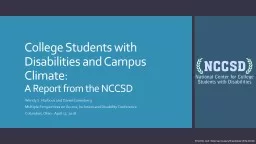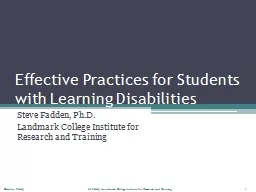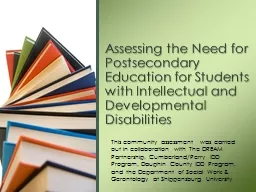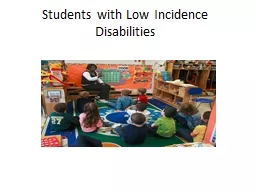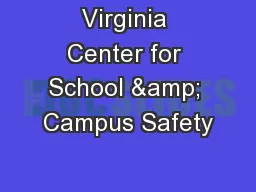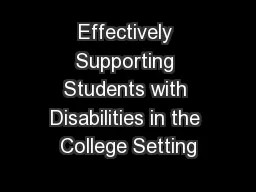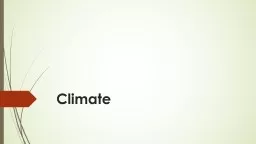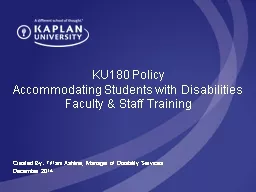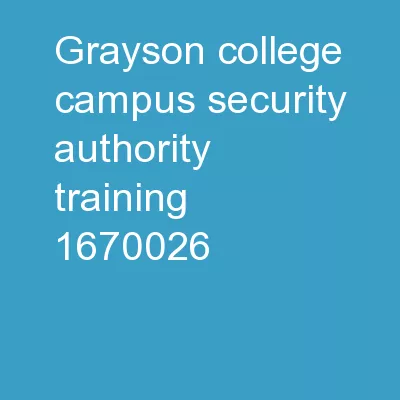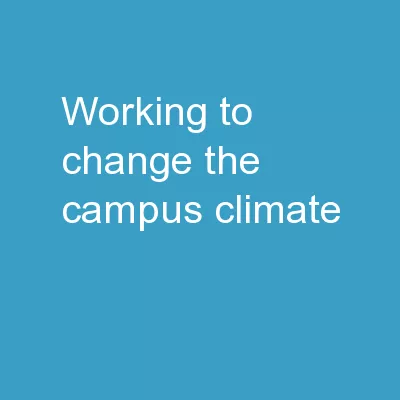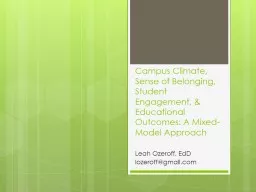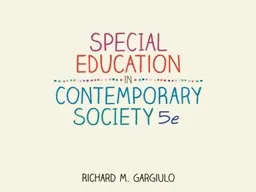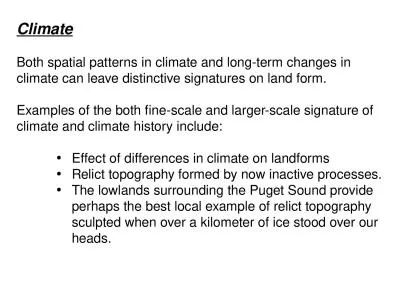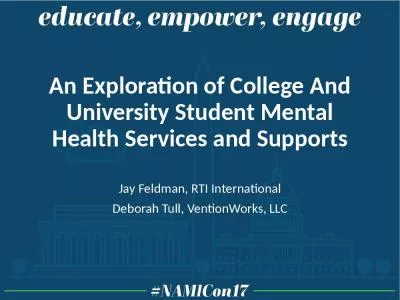PPT-College Students with Disabilities and Campus Climate:
Author : tawny-fly | Published Date : 2019-06-29
A Report from the NCCSD Wendy S Harbour and Daniel Greenberg Multiple Perspectives on Access Inclusion and Disability Conference Columbus Ohio April 17 2018 NCCSD
Presentation Embed Code
Download Presentation
Download Presentation The PPT/PDF document "College Students with Disabilities and C..." is the property of its rightful owner. Permission is granted to download and print the materials on this website for personal, non-commercial use only, and to display it on your personal computer provided you do not modify the materials and that you retain all copyright notices contained in the materials. By downloading content from our website, you accept the terms of this agreement.
College Students with Disabilities and Campus Climate:: Transcript
Download Rules Of Document
"College Students with Disabilities and Campus Climate:"The content belongs to its owner. You may download and print it for personal use, without modification, and keep all copyright notices. By downloading, you agree to these terms.
Related Documents

